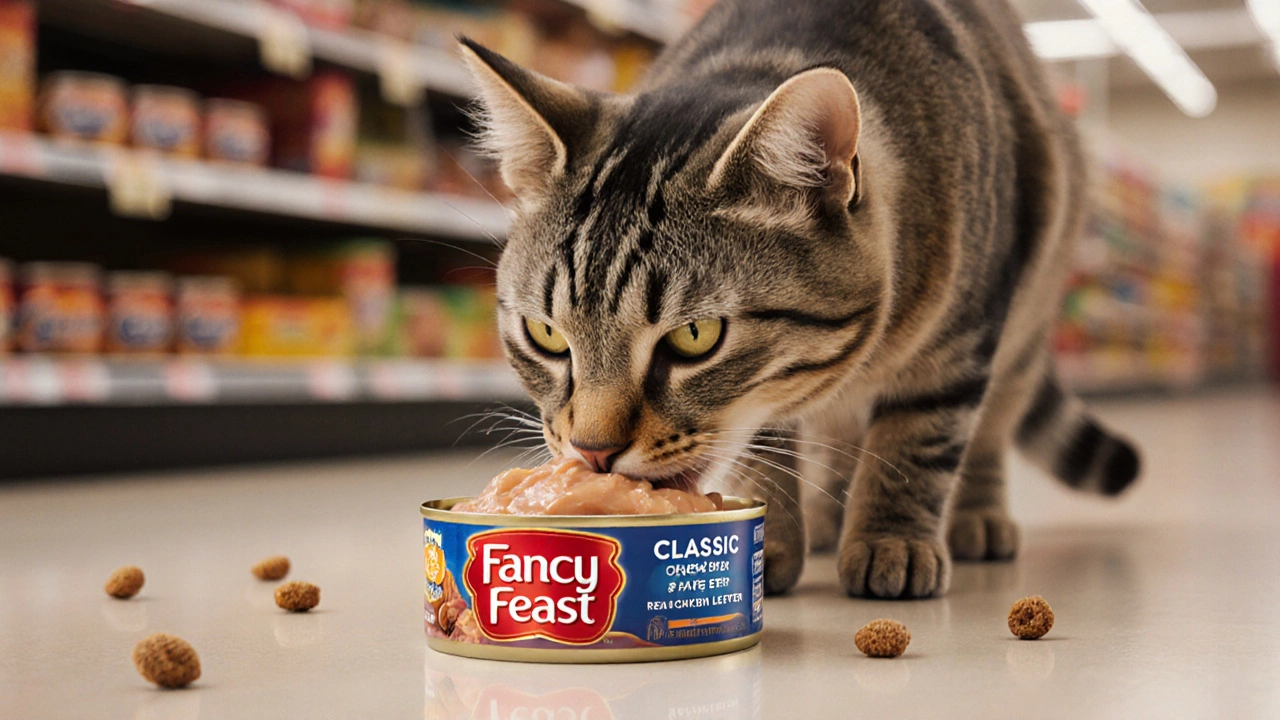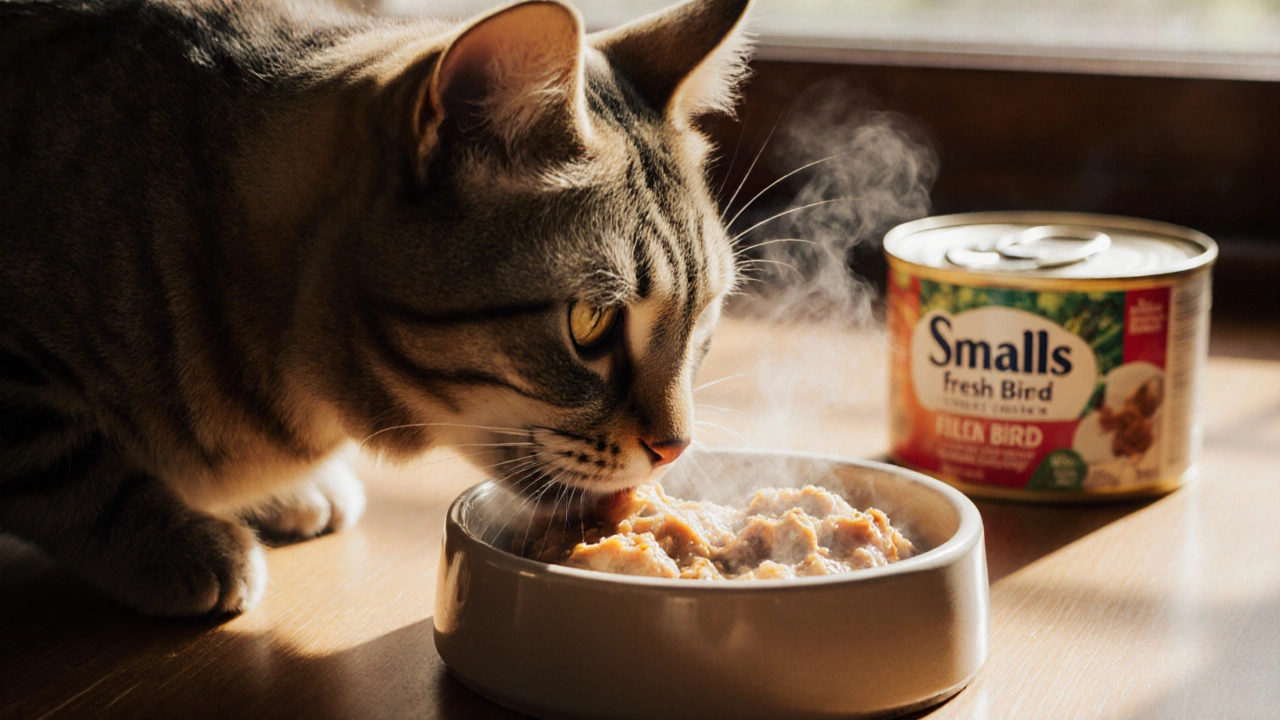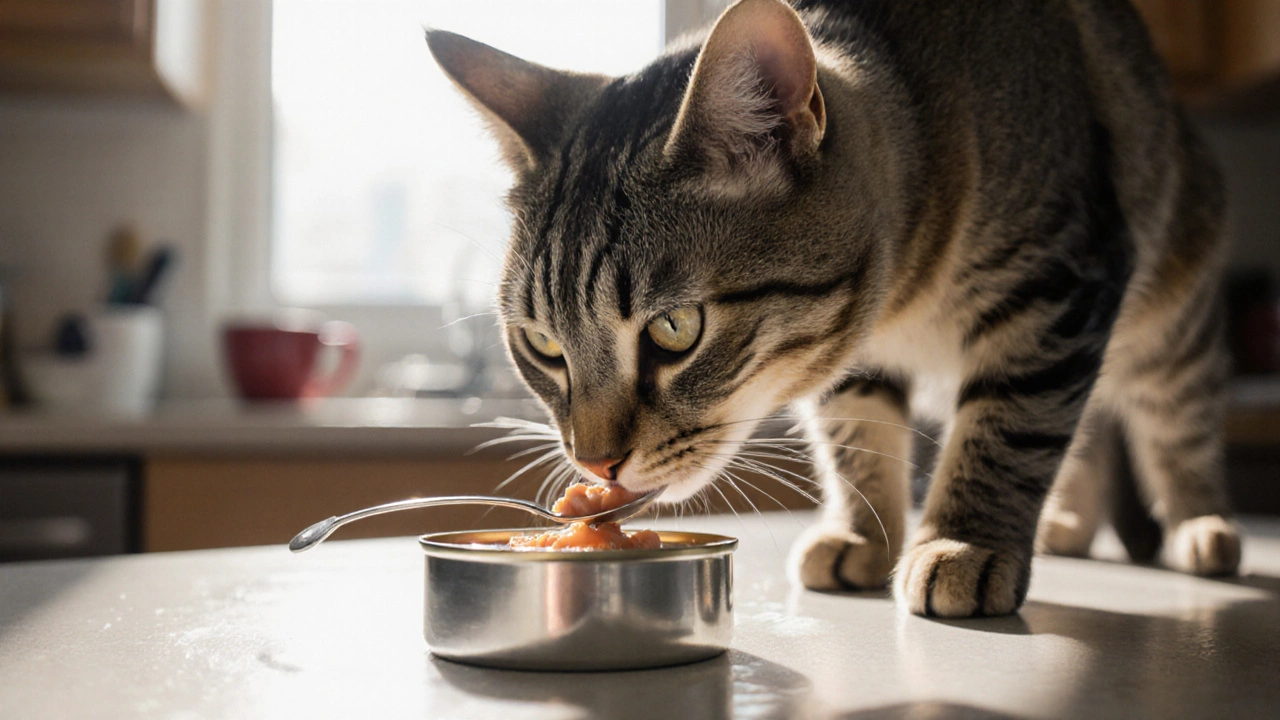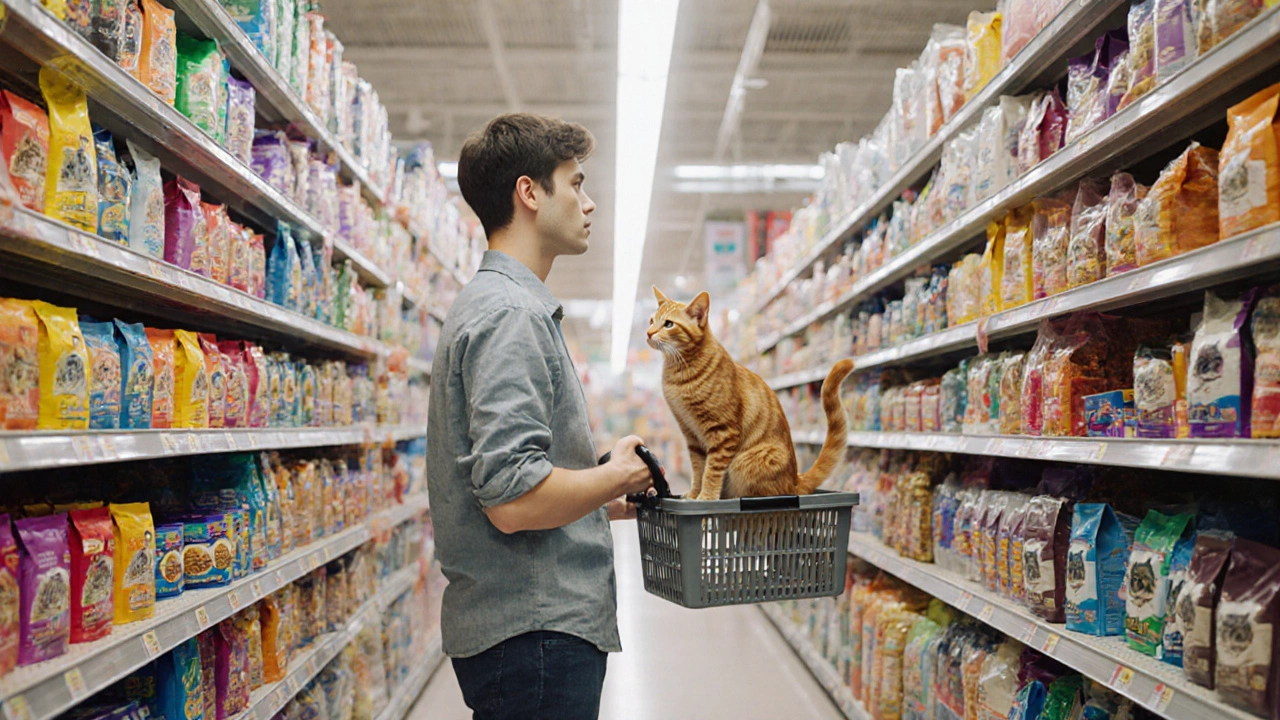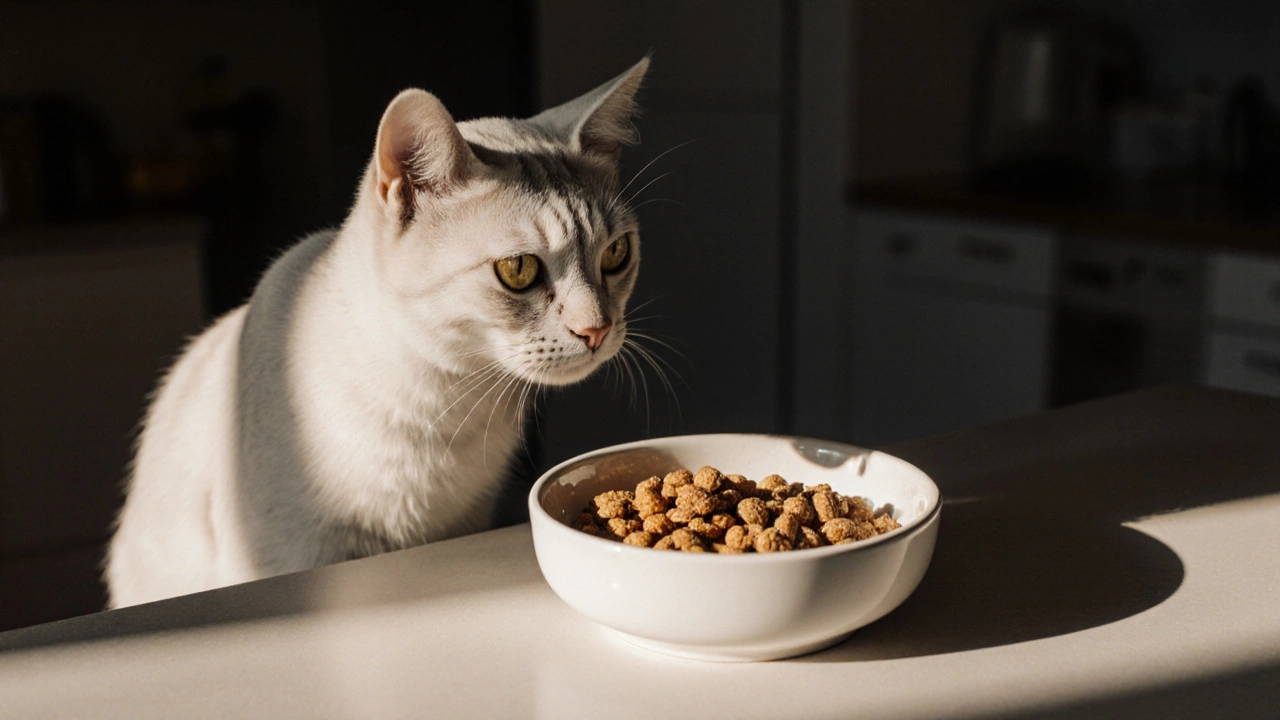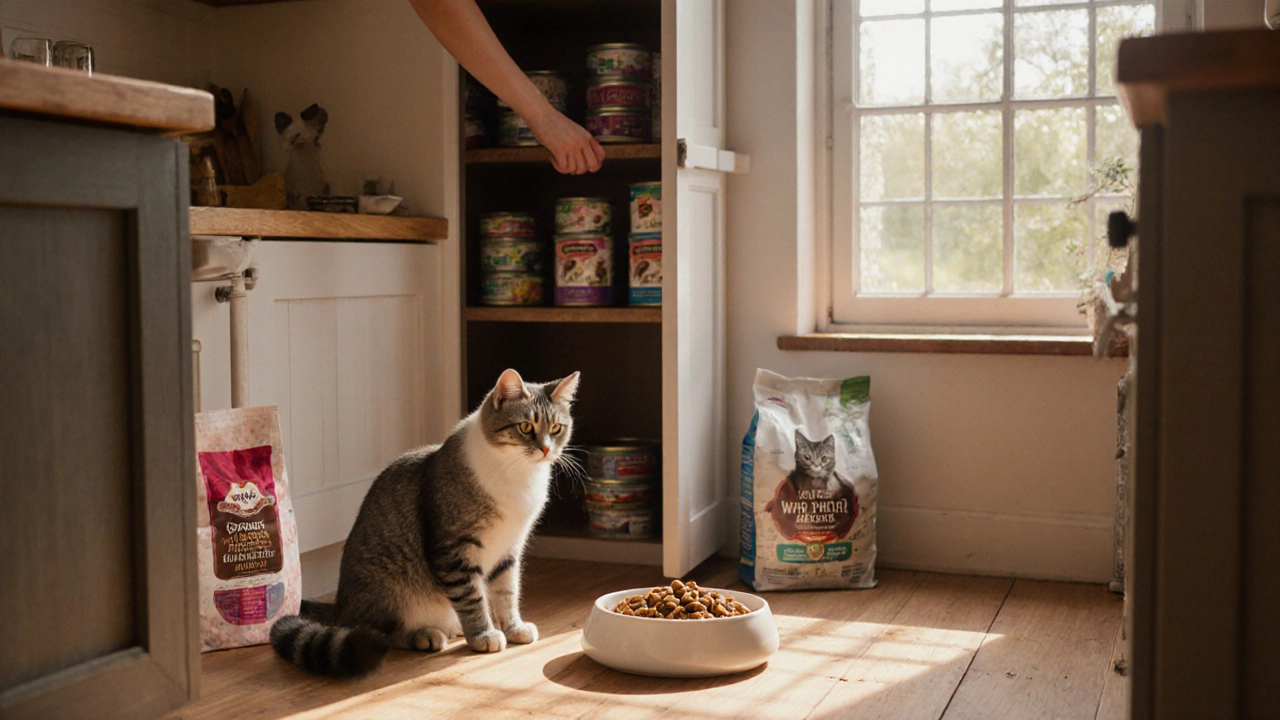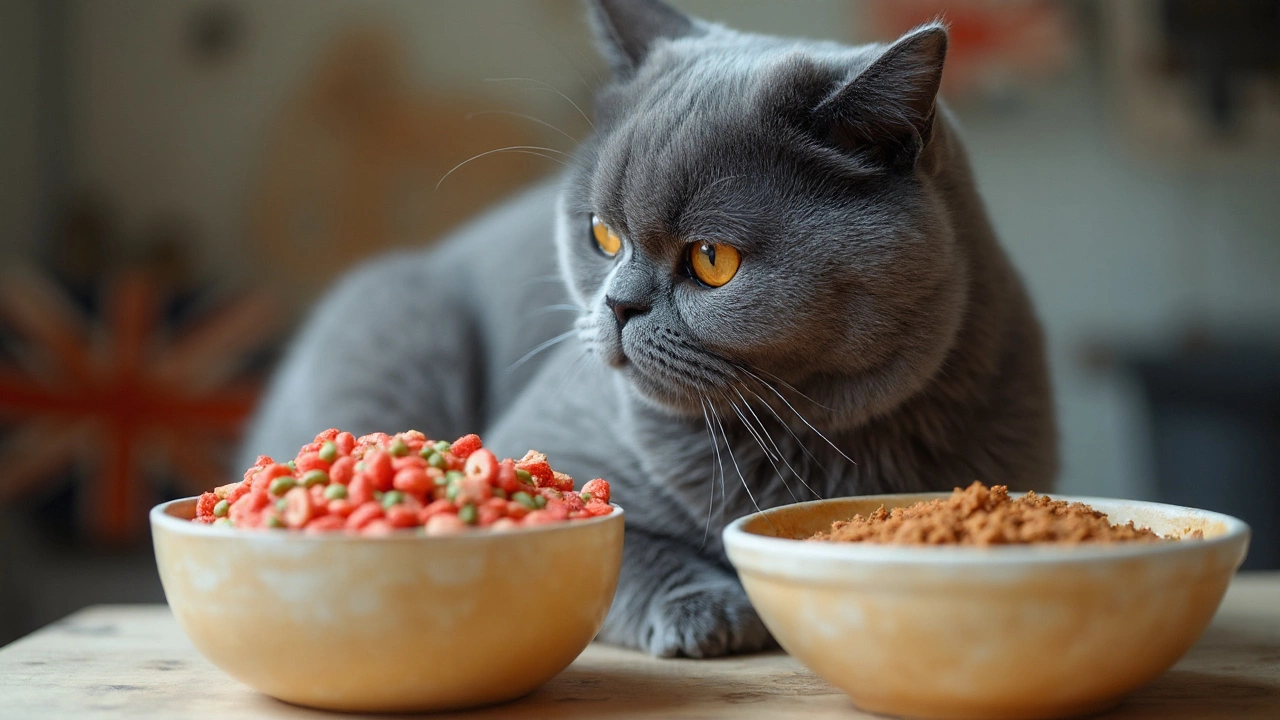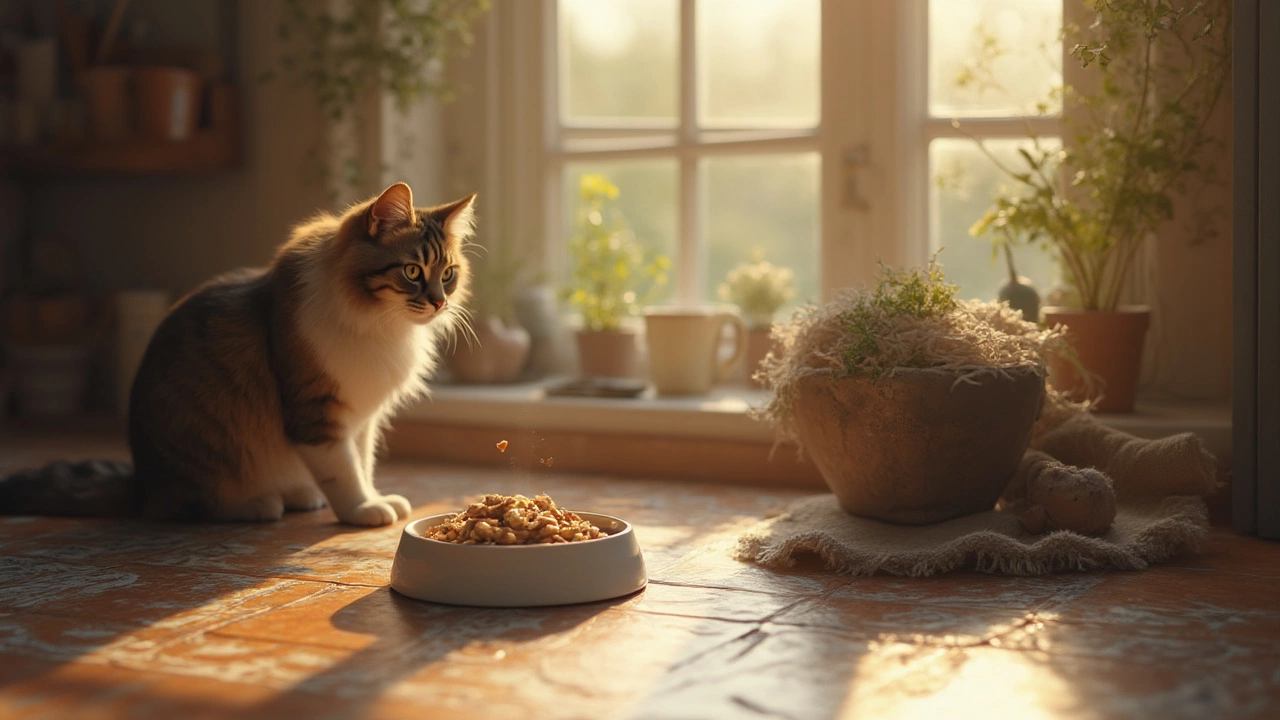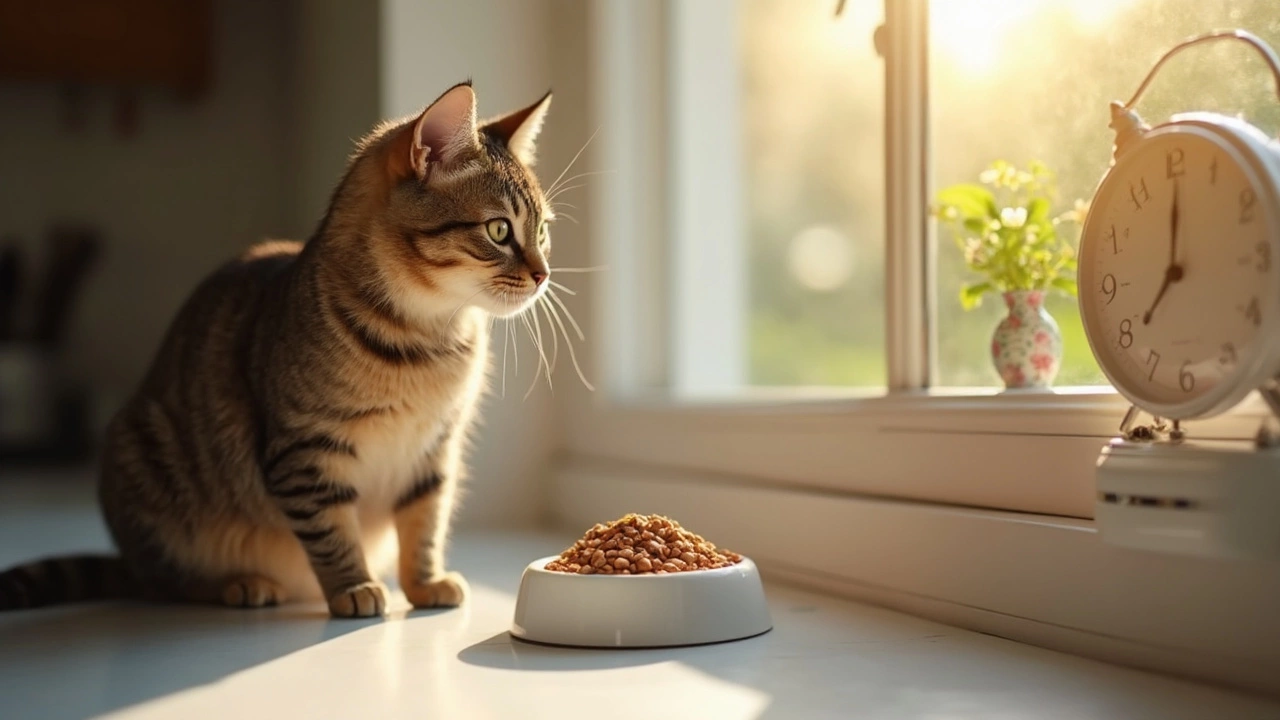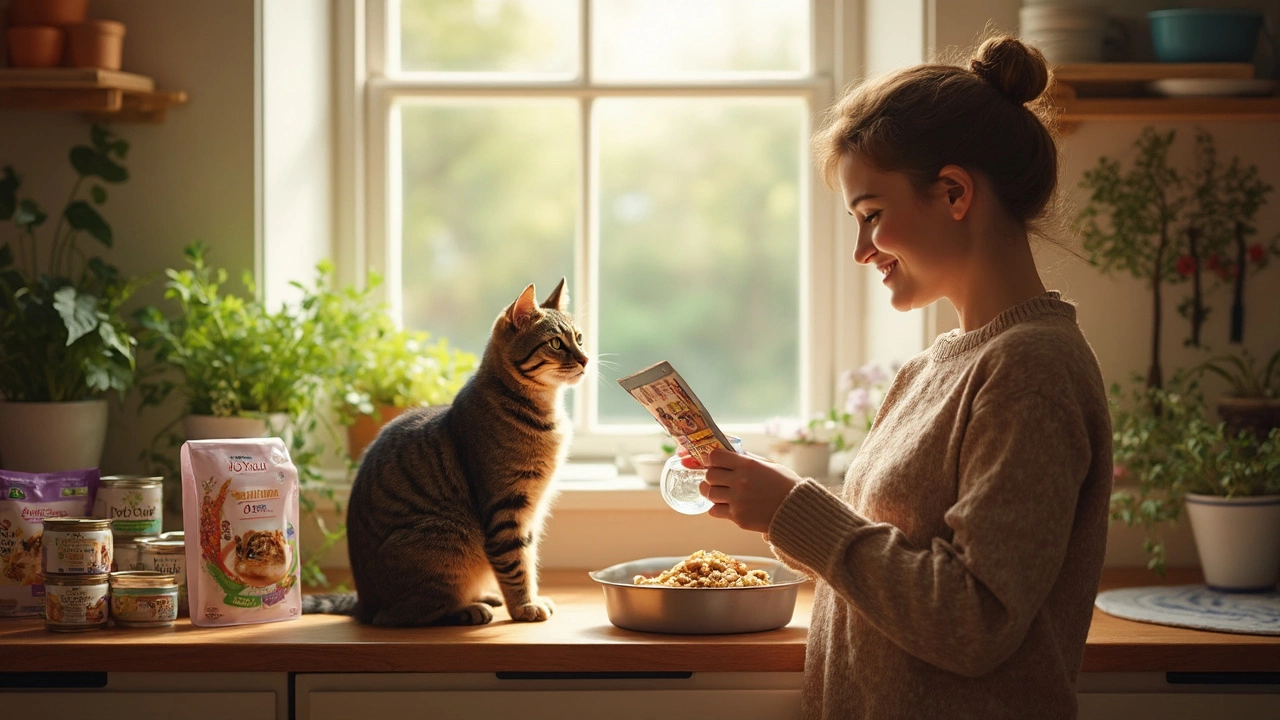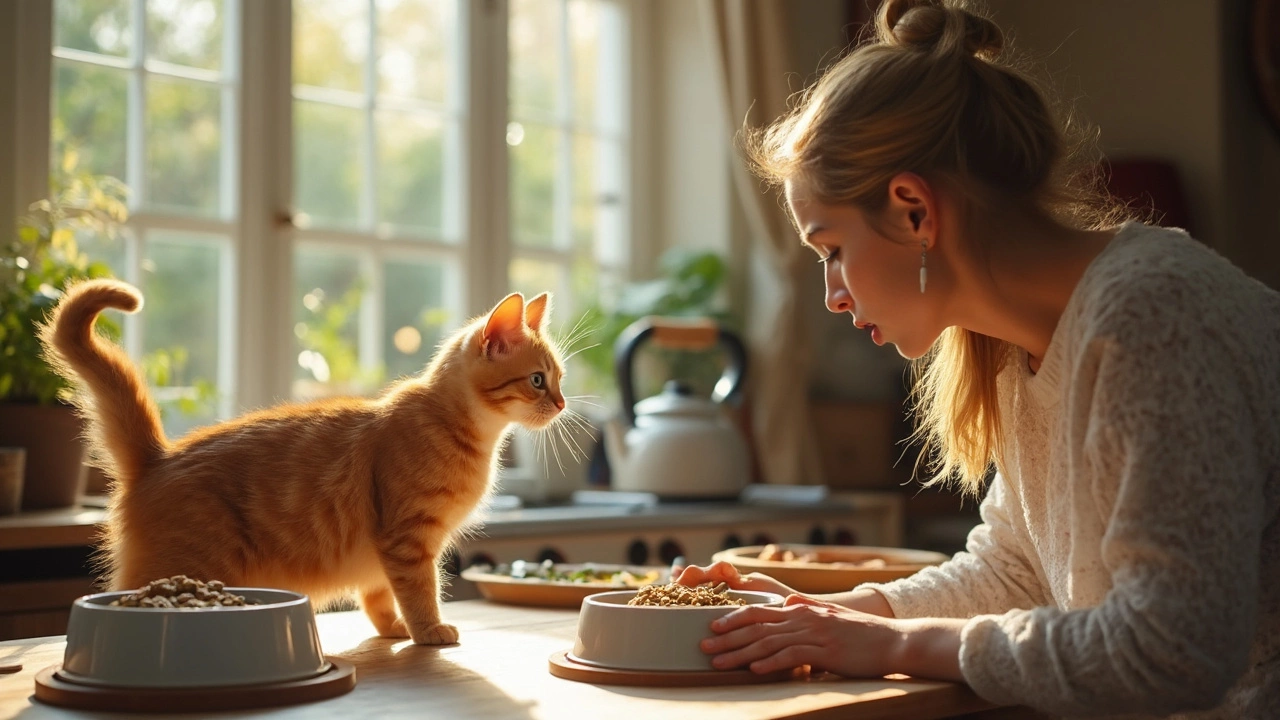Cat Nutrition: Simple Tips for a Happy, Healthy Feline
Feeding a cat might seem easy – just open a bag and pour it in. In reality, cats have very specific nutritional needs that many owners overlook. Getting those basics right can keep your cat thriving, from kittenhood to senior years.
First off, cats are obligate carnivores. That means they need meat‑based proteins to stay healthy. Unlike dogs, they can’t turn plant proteins into the amino acids they require. Look for foods that list a real meat source – chicken, turkey, salmon – near the top of the ingredient list. If the first ingredient is a grain or a filler, the protein level is probably low.
What Makes a Good Cat Food?
A quality cat food will include:
- High‑quality animal protein: at least 30% for adults, higher for kittens.
- Taurine: an essential amino acid that supports heart and eye health. Most commercial foods add it, but homemade diets need a supplement.
- Fat: provides energy and helps absorb fat‑soluble vitamins. Look for named animal fats like chicken fat.
- Limited carbs: cats don’t need a lot of carbs. Low‑carb formulas mimic a natural diet better.
- Moisture: wet food helps keep cats hydrated and supports urinary health.
If you’re buying dry kibble, make sure you also provide fresh water at all times. Cats are notorious for not drinking enough, and the extra moisture from wet food can make a big difference.
Practical Feeding Tips for Everyday Life
Set a consistent schedule. Cats love routine, and feeding them at the same times each day reduces stress and helps prevent overeating. Measure portions according to the brand’s feeding guide, but adjust based on your cat’s activity level and body condition. A quick way to check is to feel their ribs – you should feel a thin layer of flesh, not bone.
Treats should stay under 10% of daily calories. Easy mistake: offering table scraps or fish bones that aren’t nutritionally balanced. Keep treats small and use them for training or bonding, not as a meal substitute.
When switching foods, do it gradually over a week: mix 25% new food with 75% old, then 50/50, and so on. Sudden changes can cause digestive upset and discourage eating.
If your cat has a health condition – kidney disease, diabetes, or obesity – talk to your vet about a therapeutic diet. Specialized foods can provide the right balance of protein, phosphorus, and calories to manage those issues.
Finally, read the label. Look for a statement like “complete and balanced” from AAFCO (the Association of American Feed Control Officials). That guarantee means the food meets minimum nutrient requirements.
Keeping these simple rules in mind will help you choose the best food, feed the right amount, and avoid common pitfalls. Your cat will thank you with a shiny coat, playful energy, and a longer, healthier life.
Posted By Bryndle Redding On 15 Dec 2025 Comments (0)
What Is the Healthiest Cat Food for Indoor Cats?
The healthiest cat food for indoor cats is high in animal protein, low in carbs, and wet to support hydration. Avoid fillers and artificial additives. Wet or freeze-dried food is best for urinary and weight health.
READ MOREPosted By Bryndle Redding On 27 Nov 2025 Comments (0)
Is Fancy Feast Okay for Cats? Vet-Approved Facts You Need to Know
Fancy Feast isn't all bad, but many formulas are low-quality. Learn which varieties are safe for cats, what to avoid, and better alternatives that won't break the bank.
READ MOREPosted By Bryndle Redding On 20 Nov 2025 Comments (0)
What Is the Healthiest Wet Food for Cats? Expert Guide to Choosing the Best Option
Discover the healthiest wet food for cats based on real nutrition science. Learn what ingredients to look for, which brands deliver real value, and how to switch safely for better long-term health.
READ MOREPosted By Bryndle Redding On 17 Nov 2025 Comments (0)
Is Tuna Good for Cats? What Veterinarians Really Say
Tuna might be a cat favorite, but it's not a healthy daily food. Learn why vets warn against regular tuna feeding and what to feed your cat instead for long-term health.
READ MOREPosted By Bryndle Redding On 15 Oct 2025 Comments (0)
The #1 Best Cat Food in 2025: Expert Review and Comparison
Discover the #1 best cat food of 2025, why it tops the list, how it compares to other top brands, and expert tips for choosing the perfect diet for your feline.
READ MOREPosted By Bryndle Redding On 8 Oct 2025 Comments (0)
Mixing Wet and Dry Cat Food: Benefits, Risks & How‑to Guide
Learn if you can safely mix wet and dry food for your cat, the benefits, the right ratios, and common pitfalls in this practical guide.
READ MOREPosted By Bryndle Redding On 28 Sep 2025 Comments (0)
Best Cat Food: What to Feed Your Feline for Optimal Health
Discover the top cat food options, learn essential nutrition basics, and get a step-by-step guide to choosing the best diet for your feline's health.
READ MOREPosted By Bryndle Redding On 5 Aug 2025 Comments (0)
Hidden Dangers in Dry Cat Food: What Ingredients to Avoid for Your Cat's Health
Learn what harmful ingredients lurk in dry cat food. Find out which additives and fillers to watch for and how to choose healthier options for your cat.
READ MOREPosted By Bryndle Redding On 28 Jul 2025 Comments (0)
How Often Should You Feed Your Cat? Best Daily Feeding Schedules Explained
Curious about how often your cat needs to eat? Learn the best daily feeding schedules, what affects meal frequency, and tips for a happy, healthy cat.
READ MOREPosted By Bryndle Redding On 28 Jun 2025 Comments (0)
Should You Leave Dry Cat Food Out All Day? Expert Feeding Advice for Healthy Cats
Wondering if you should leave dry food out for your cat all day? Learn expert advice, pros & cons, and smart tips for healthier, happier cats.
READ MOREPosted By Bryndle Redding On 31 May 2025 Comments (0)
Best Food for House Cats: What Should They Really Eat?
Choosing the best food for your house cat can feel overwhelming with so many options out there. This article walks you through what cats actually need in their diets, how to spot good and bad cat foods, and easy tips for daily feeding. You'll find practical advice backed by real-life experience and simple facts. From wet versus dry food to understanding labels, discover what keeps your cat happy and healthy at every meal.
READ MOREPosted By Bryndle Redding On 13 May 2025 Comments (0)
How Many Times a Day Should You Feed a Cat? Practical Tips for Happy, Healthy Meals
Not sure how many times a day your cat should eat? This guide explains feeding schedules based on your cat’s age, lifestyle, and needs. Find out what works best for kittens, adults, and senior cats. Discover how feeding routines affect health and behavior. Learn practical tips for making mealtimes easier—and happier—for both you and your cat.
READ MORE
